
Today we’d like to introduce you to Dory Whynot.
Dory, we’d love to hear your story and how you got to where you are today both personally and as an artist.
Pursuing a life in the arts field has never been out of the question; I was always “the artist in the family,” and as a kid I always had some new creative endeavor in the works. However, my story as an artist in a lot of ways went back to square one a few years ago when I started my journey in watercolor. I finished my BFA degree from the University of Maine in 2014, where I focused in oil painting. When I moved to Boston after graduating, of course I took my easel and oil paints with me; unfortunately, I quickly learned that a medium requiring thorough ventilation, extensive cleanup, and long curing times would not be practical when working out of a small shared apartment, and I needed to find an alternative for the time being. Additionally, I didn’t really have a sense of direction as an artist around this time, and without the structure of school I wasn’t sure what the next step was, so a change seemed inevitable. Watercolor, not sharing the same inconveniences that oils had in my current situation, seemed like a practical fix, but was not a medium that I had extensive experience with. In my limited past attempts I had dismissed it as not-for-me.
By nature, it can be very unforgiving; its transparency and fluidity doesn’t hide mistakes well and provides little control over where the pigment settles or the shapes that it makes–I really didn’t see the appeal in using it. Still, I needed a temporary solution. Over the course of A LOT of time, practice, experimenting, giving up, coming back…I can say that my view has been flipped. I’m not going to romanticize the experience–there was no sudden moment of enlightenment. The same factors that had turned me off in the first place immediately came back to frustrate me (they still do), and if it weren’t for necessity I don’t know if I would have kept at it. But I’m so, so glad that I did.
The fact that it can’t really be reworked or covered up contrasted the aspects of other media I had inadvertently come to rely on; its unpredictability blatantly polarized to my tendencies to labor over things looking exactly like I wanted them to, and that if I wanted to keep learning, I would have to let go of that need for control sometimes. It’s been a very a very humbling education. In a lot of ways was like starting over from scratch. Watercolor has since become my primary medium, and it’s been one of the most liberating and beneficial experiences of my artistic pursuit.
We’d love to hear more about your art. What do you do you do and why and what do you hope others will take away from your work?
Right now I work pretty much exclusively in watercolor. I focus on portraiture and the human figure, often combined with elements of horror and surreal. I like to play with these types of contrasts, combining hard observation with fantasized dreamlike qualities. I get asked sometimes why my work is so “dark” — part of it is aesthetic preference, but more so a lot of what is superficially interpreted as morbid is really rooted in and fascination with science and anatomy. I love studying both people and the human body – like most things in nature, they can be scary and discomforting, but at the same time, undoubtedly beautiful and fascinating.
In terms of process, I tend to be a little too obsessive and detail oriented when making observational studies or using references – I get caught up in things looking accurate, and my creative voice gets lost in the technical study. As a result, my painting habits are a little unusual as they’re meant to challenge that aspect of my nature. A lot of imagery in my finalized work is filtered through memory of earlier studies or sightings or is entirely imagination. I don’t pre-plan work very much either, and a lot of the time develop an idea from start to finish on its final page, from sketching to final detail, all in watercolor. I’ll make corrections as I go along, but I enjoy seeing how an image develops and changes. It seems unconventional but I find that it really helps me think on my feet and get absorbed in the creative process. I think it’s come to a point where it plays a role in the significance of the final piece as well, from a psychological standpoint. I feel like I am still in a place of development when trying to apply a definitive meaning to my work and I haven’t quite figured out the best way to talk about it yet. Relying so much on memory and imagination, the end result must be significant in some way. It’s an interesting insight into the self. For example, for portraiture I would argue that they are all, to whatever extent, self-portraits, and I think that same philosophy extends to other areas of focus as well. That being said, I always enjoy hearing other’s first impressions and interpretations of my work.
Artists face many challenges, but what do you feel is the most pressing among them?
Getting your work seen can be a huge challenge. As I have learned over the past couple of years, building an online presence solely for your art or business opens up a whole new avenue for introducing the world to your work, regardless of where you live or your level of experience. This can be social media, having a website, submitting to online art shows… Look at what artists that you admire do, how they use hashtags, how their web design works with their art, etc. Treat your presentation as an artist like a brand–that’s not to say that it needs to be formal, but rather, consistent. This opens the door not only for you to find your audience, but also to let your audience find you. This is of course only one of the many methods of getting your art “out there”, and it does take time and effort, but this I would say is a great first step. As you should with any platform, be sure to protect yourself and your work: do your research and read terms and conditions thoroughly.
Do you have any events or exhibitions coming up? Where would one go to see more of your work? How can people support you and your artwork?
Polished work can be viewed on my website but primarily the best place to view my work is on Instagram, where I update not only completed pieces but works-in-progress insights as well. It is also through that platform that I had the pleasure of being invited to join the Hear Me Roar artist collective in 2017, a really fantastic group of female artists who host art shows at various local female owned businesses in the Boston and New England area. The exhibits have a great variety and are a lot of fun, so I display my work with them when I can. Lastly, I recently opened a store on Etsy, where giclee prints of my work are available for purchase.
Contact Info:
- Website: dorywhynot.com
- Email: dory@dorywhynot.com
- Instagram: instagram.com/dorywhynot
- Other: etsy.com/shop/DoryWhynotArt

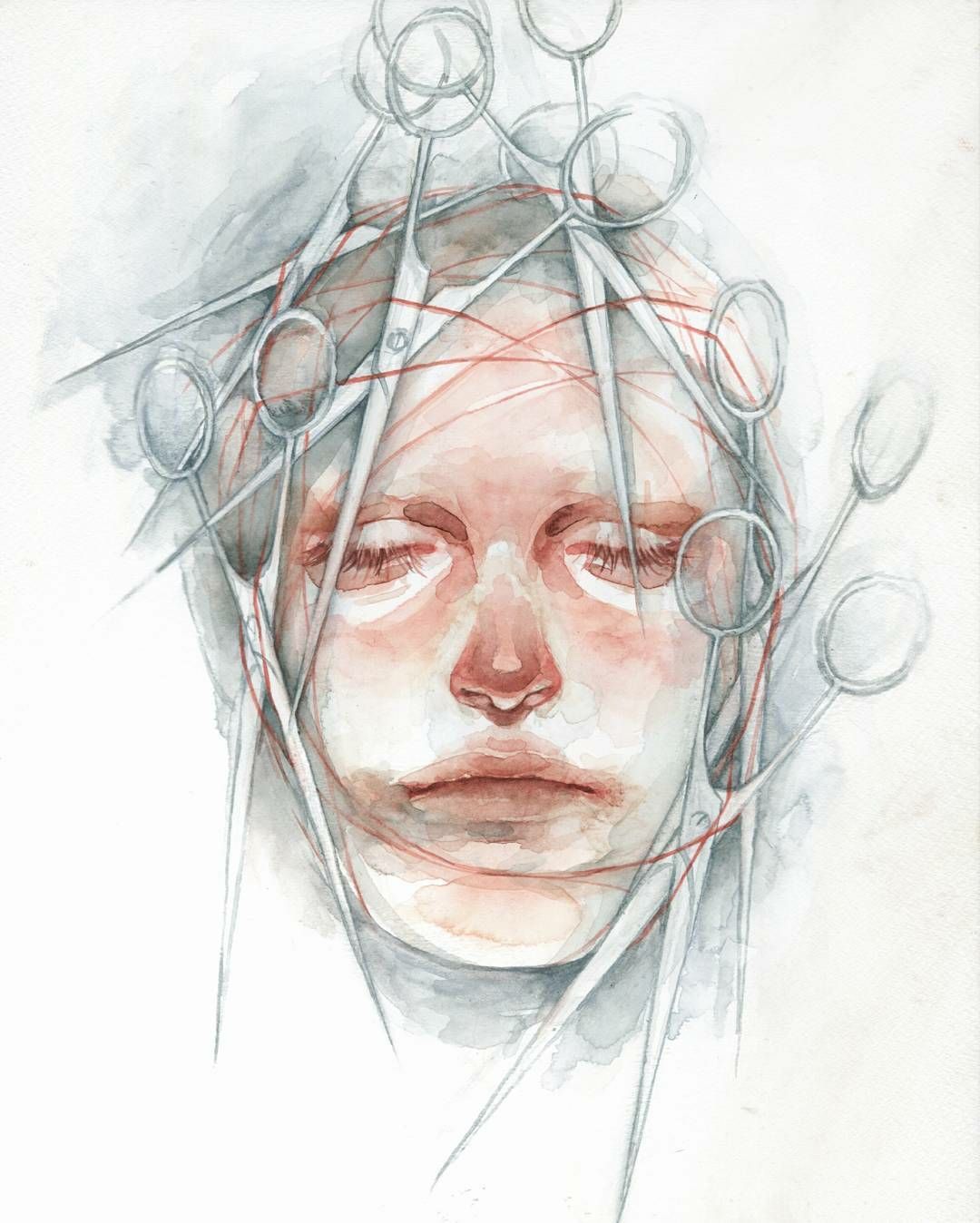
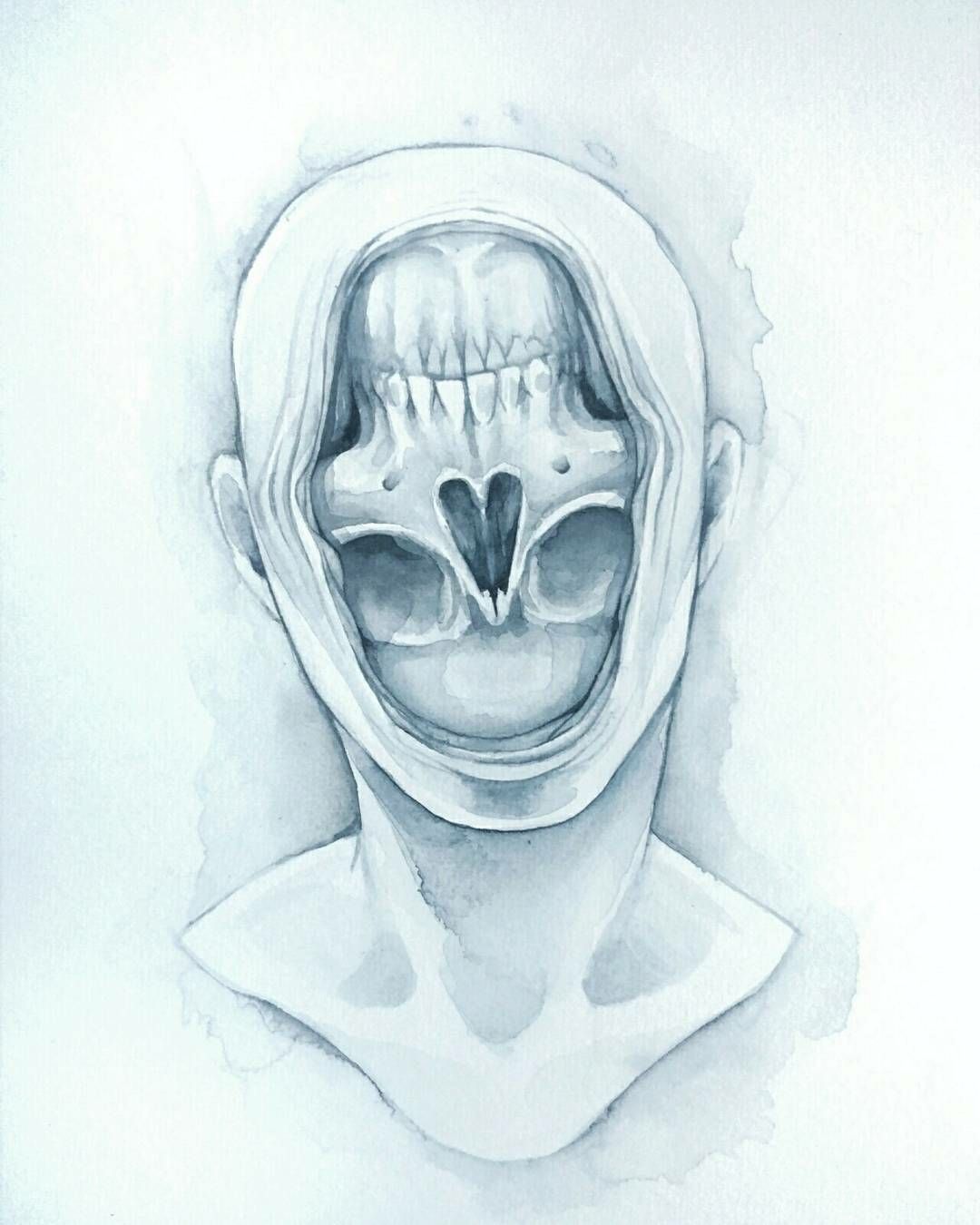
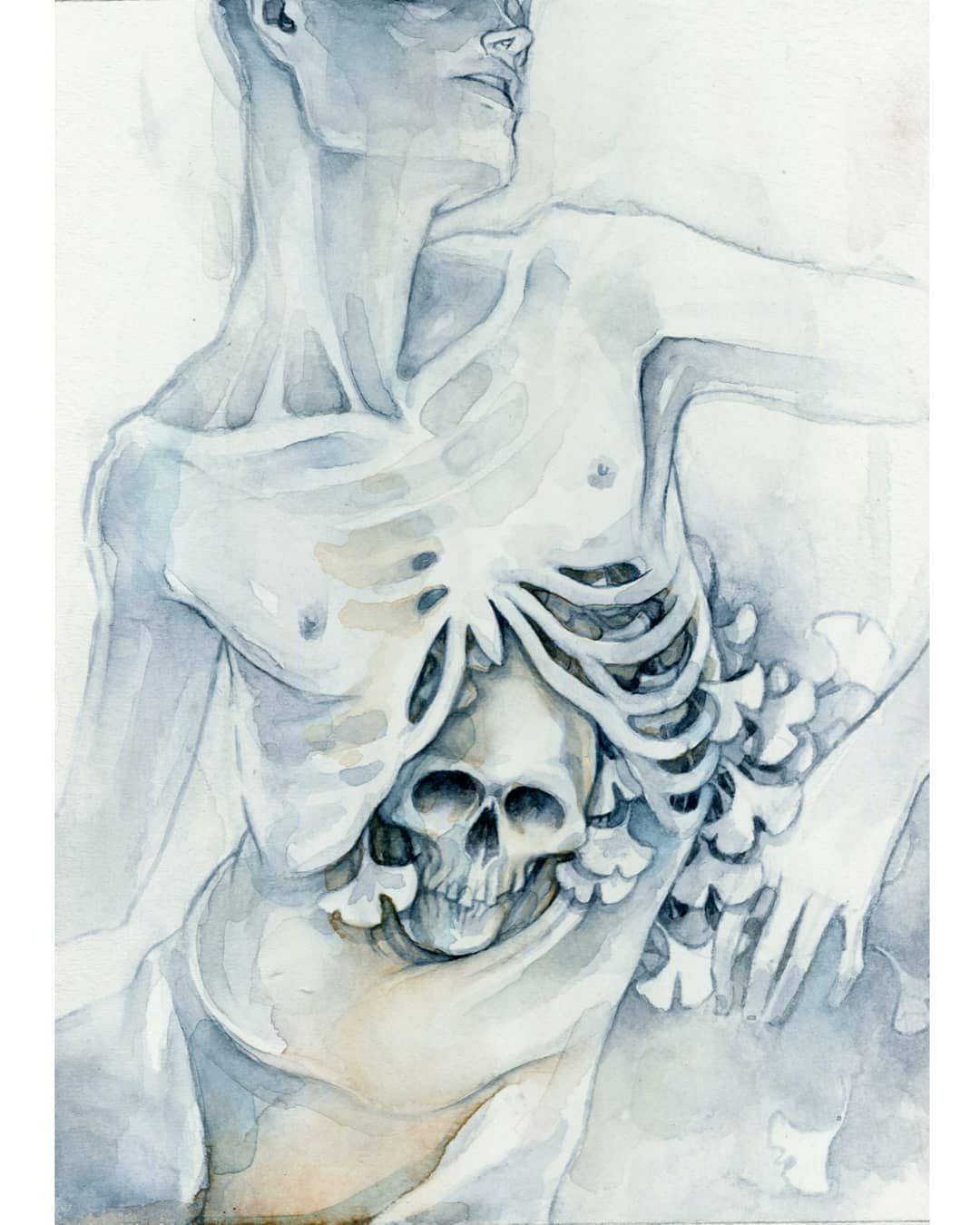
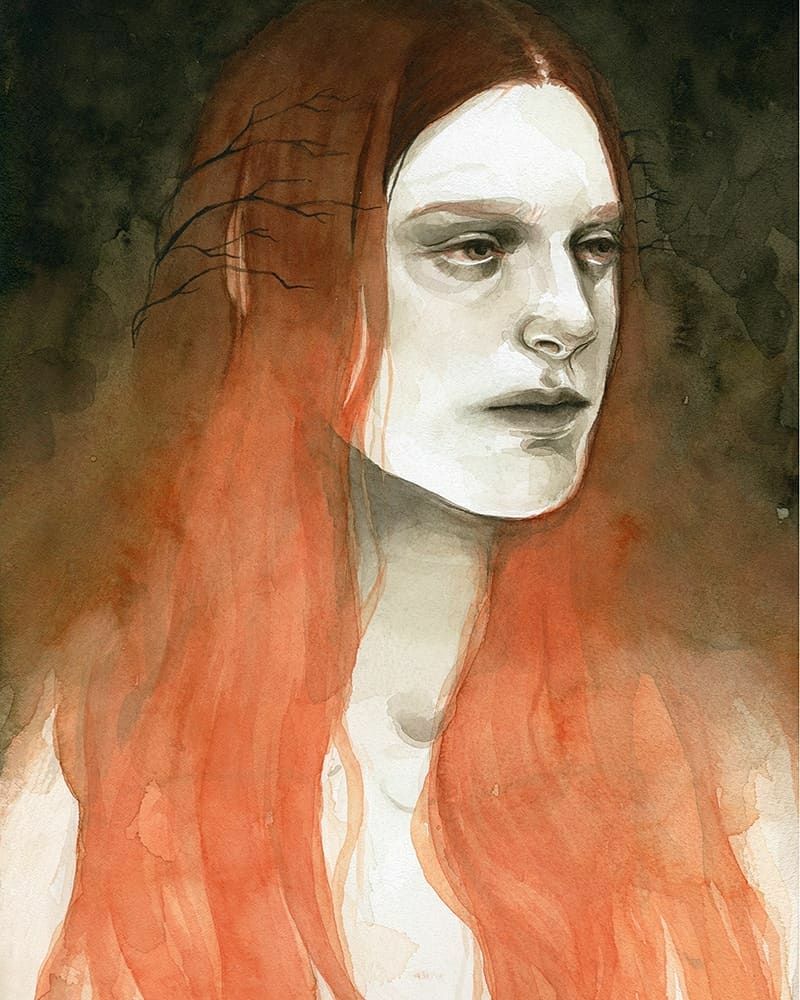
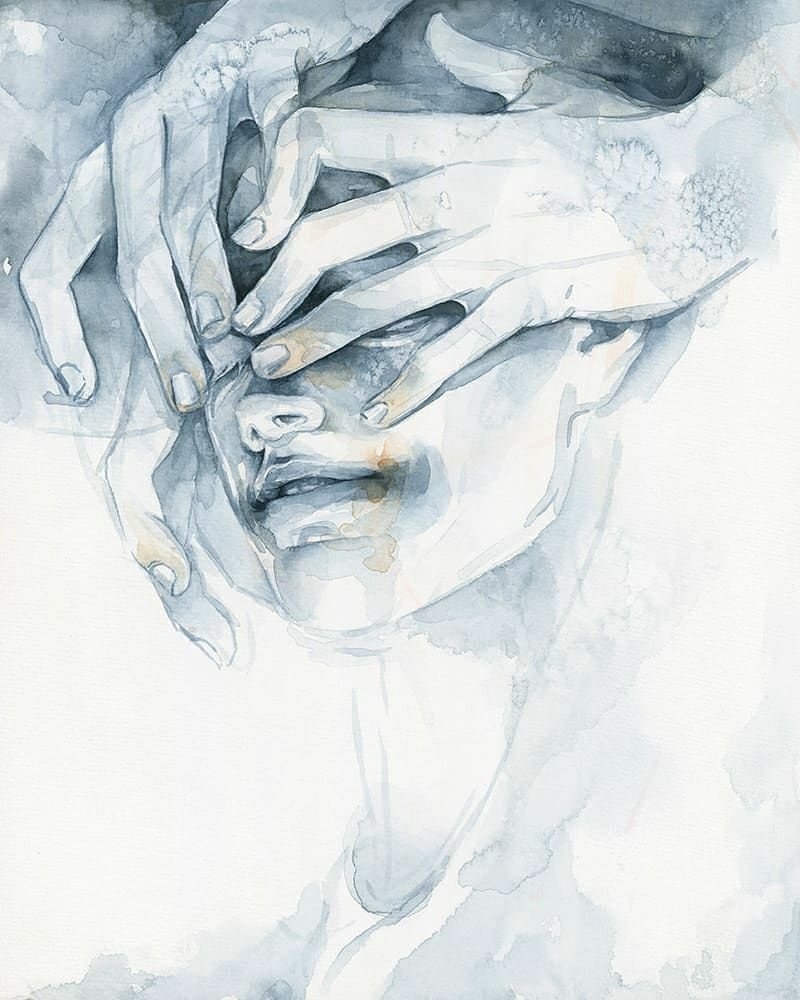

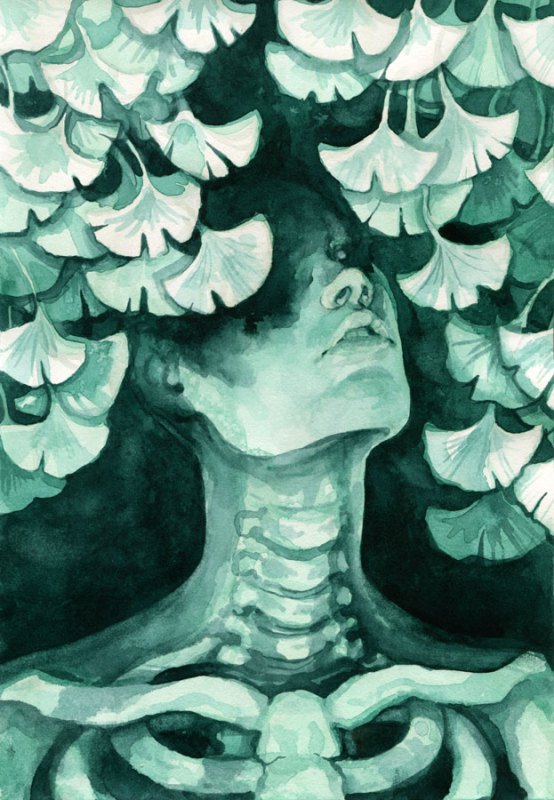
Image Credit:
Dory Whynot
Getting in touch: BostonVoyager is built on recommendations from the community; it’s how we uncover hidden gems, so if you know someone who deserves recognition please let us know here.
















